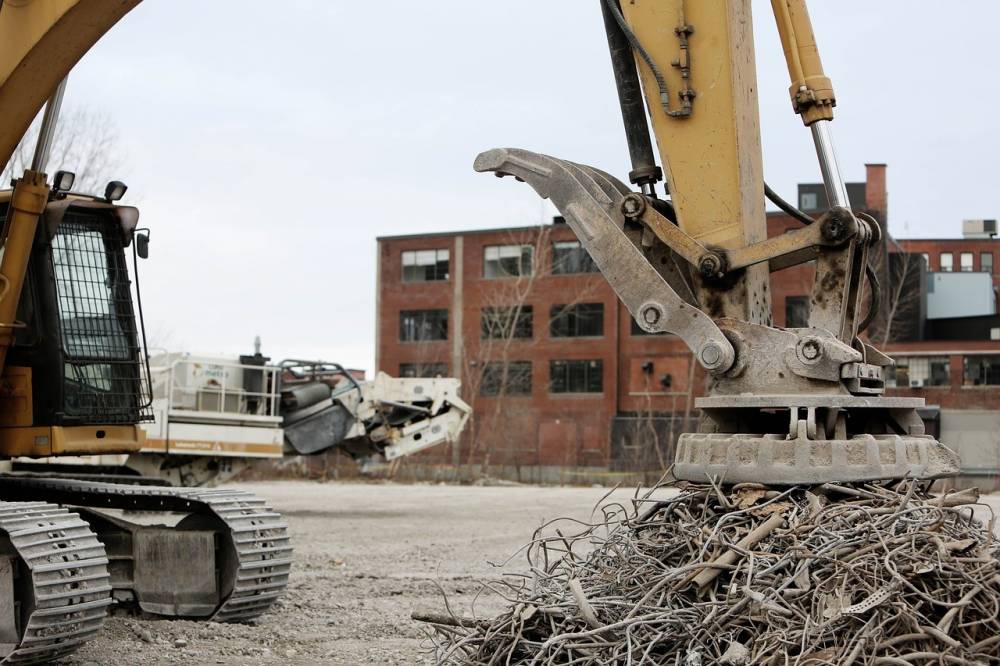Chapter 3.4: Soil Pollution - Environmental Science And Technology

Posted by Arowosegbe Olawale in General
Soil pollution, also known as soil contamination, occurs when harmful substances such as chemicals, heavy metals, or other altered natural conditions degrade the quality of soil. This pollution can have adverse effects on plant and animal life, as well as human health. There are both natural and anthropogenic sources of soil pollution.
Types and Sources of Soil Pollution
1. Industrial Activities: Industries release a variety of pollutants into the soil, including heavy metals (e.g., lead, mercury, cadmium), organic chemicals (e.g., solvents, pesticides, petroleum hydrocarbons), and radioactive materials (e.g., uranium, radium). Improper disposal of industrial waste and leaks from storage tanks are common causes.
2. Agricultural Practices: Intensive farming methods often involve the use of chemical fertilizers, pesticides, and herbicides, which can accumulate in the soil over time. Excessive application of these chemicals can lead to soil acidification, nutrient imbalance, and contamination of groundwater.
3. Mining Activities: Mining operations can release toxic metals and sulfur compounds into the soil. Acid mine drainage is a significant issue where sulfur-bearing minerals react with air and water to form sulfuric acid, which leaches heavy metals from the ore and surrounding rock.
4. Waste Disposal: Improper disposal of household waste, including plastics, batteries, and electronic waste, can introduce hazardous substances into the soil. Landfills can also release leachate, a liquid containing harmful chemicals, into the soil and groundwater.
5. Urbanization and Construction: Urban development and construction activities can compact soil, reduce fertility, and introduce pollutants such as construction debris, asphalt, and oils. Urban runoff can carry pollutants from roads and parking lots into nearby soil and water bodies.
Environmental and Health Impacts
Soil pollution has far-reaching impacts on the environment and human health:
- Degraded Soil Quality: Pollutants alter soil pH, reduce fertility, and disrupt nutrient cycling, affecting plant growth and agricultural productivity.
- Contaminated Food Supply: Pollutants can be absorbed by plants and accumulate in their tissues. Consuming contaminated food can lead to health issues such as cancer, neurological disorders, and organ damage.
- Water Contamination: Soil pollutants can leach into groundwater, contaminating drinking water sources and affecting aquatic ecosystems.
- Biodiversity Loss: Soil pollution reduces habitat quality and biodiversity by harming soil-dwelling organisms, including earthworms, microbes, and beneficial insects.
Mitigation and Control
Efforts to mitigate soil pollution include:
- Soil Remediation: Techniques such as bioremediation (using microorganisms to break down pollutants), phytoremediation (using plants to absorb and accumulate pollutants), and soil washing (removing contaminants using chemical solutions) are used to restore contaminated soil.
- Regulatory Measures: Governments establish soil quality standards, regulate waste management practices, and enforce pollution control laws to limit pollutant sources.
- Waste Management: Implementing proper waste management practices, including recycling, composting, and safe disposal of hazardous waste, reduces the release of pollutants into the environment.
- Education and Awareness: Educating communities about the risks of soil pollution and promoting sustainable land use practices can help prevent future contamination.
In conclusion, soil pollution is a significant environmental and public health concern that requires collaborative efforts from governments, industries, and communities to address. Protecting soil quality is essential for sustaining agriculture, preserving biodiversity, and ensuring safe food and water resources for future generations.
